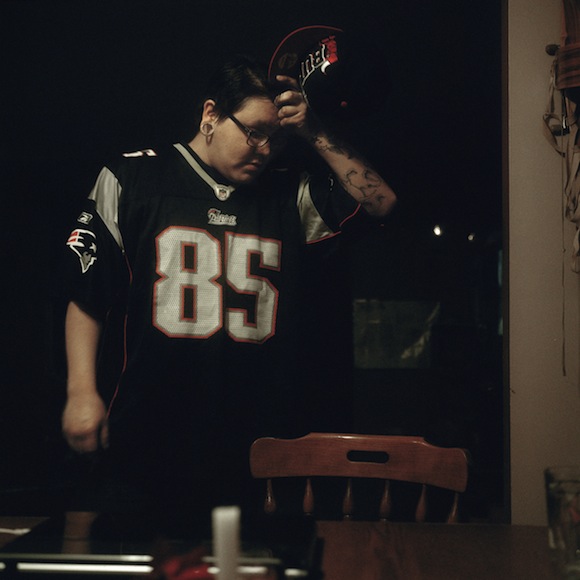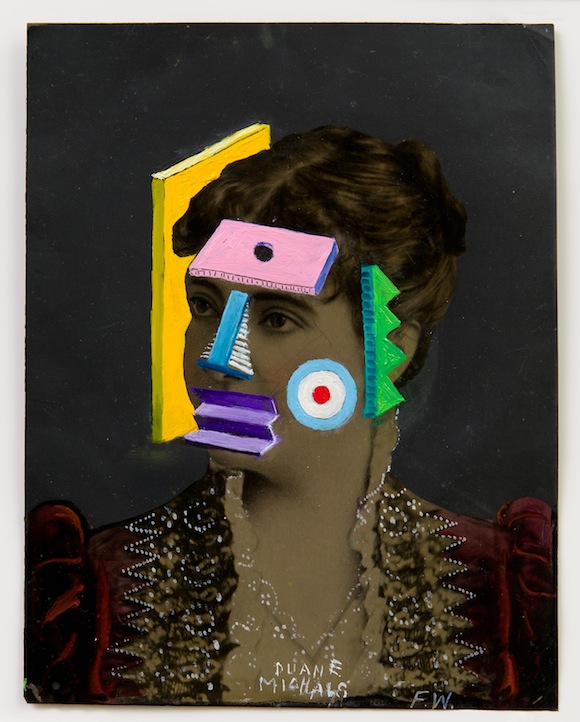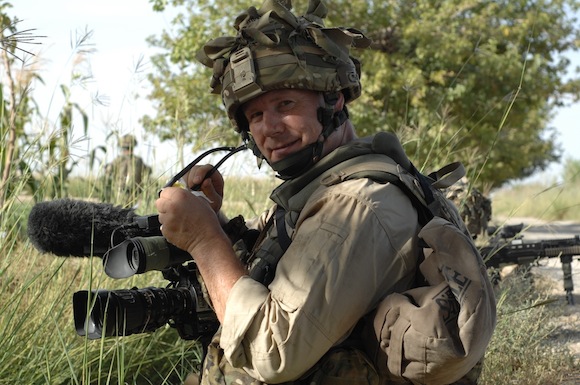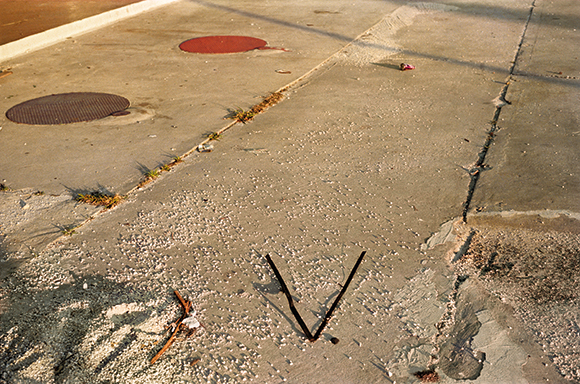In the last 5 years or so there has been a battle fought over the ownership of images uploaded to social networking sites. This has been fuelled by news organisations asking, “Are you there”, “Do you have pictures” “Send us your photos” This is feeding the apparent requirement for immediacy and the cost of course is quality. Press photographers are professionals, they have not just equipment that is appropriate to the task but they also have skills, experience and follow journalistic principles. This article in the BJP provides clues to the next nail in the coffin for press photographers. A new startup which aims to harness social media technologies to source news story photographs.
The popularity of connected devices and smartphones has transformed each of us into potential news gatherers, and now a growing number of startups are offering services to connect us with media organisations, Olivier Laurent reports
On 07 June, when Santa Monica gunman John Zawahri went on a rampage, killing his father and brother before firing on three other people near a college, CrowdMedia – a new website whose task is to filter through images posted on Twitter – was coming online for the first time. “This happened within 15 minutes of our launch,” says CEO Martin Roldan. “We were able to get the licence for the only images shot from inside the college while it was happening. The photographs were picked up by a couple of news organisations, including the Huffington Post. It showed that CrowdMedia worked.”
Based in Montreal, CrowdMedia is the latest startup in the battle for people’s pictures, as smartphone devices have transformed us all into potential press photographers, ready to transmit images of newsworthy events as they happen.
“We built a social media monitoring tool, Ejenio, last year,” says Roldan. “It allowed businesses to monitor what people were saying about them on Twitter and Facebook. While we were working on Ejenio, we realised there were a lot of good, newsworthy images on Twitter, but media organisations often had trouble finding them and getting the rights to use them. We saw a real niche there, so we shifted our focus to photography.”
Launched in June, the platform sifts through more than 150 million social photographs posted on Twitter in real-time. Using geolocation information and keywords entered by staff, CrowdMedia selects 0.03 percent of these images which it deems newsworthy. “We input that information manually, but we’re working on tweaks to improve our algorithm, and soon the platform will be able to detect automatically when something happens around the world, and search for relevant images,” explains Roldan.
“The beauty of it is that, unlike other startups relying on mobile apps that users have to install in the first place, our audience and user base is already there. When we find a newsworthy image, the platform automatically sends a tweet to the user, who just has to click on a link to confirm that the photograph is his and whether he accepts to sell it for half of the proceeds.”

CrowdMedia sells a non-exclusive licence for $20, whatever the image’s content. “After 48 hours, that price goes down to $5 because we are only interested in what is happening in real time,” Roldan explains. “We are aware that $20 is a low figure and this has been the only criticism we have received so far. Of course, we’re listening to what people are saying. But it might be that it’s the right kind of pricing and that people are just not used to that. When an event has global reach, like the recent plane crash in San Francisco, images of the scene can be sold more than 1000 times at a $20 price tag. The copyright owner could easily make $10,000.” I would ask but how many pictures used actually earn any money and how many photo journalists will there be in 10 years time if this becomes the standard.
Newspapers now routinely do not employ photographers, they use freelancers who previously would have been staff, guaranteed a salary, now they are paid on a job basis and usually not enough to earn a decent living. The Fairfax group, Australia’s main newspaper group didn’t send any photographers to the 2012 Olympics apparently.

There are now many ways for newspapers, what an outmoded term that is, news organisations, that is better, to obtain images and certainly in some instances immediacy is important because unexpected events rarely feature experienced photo journalists as onlookers. The problem it seems to us here at OSP Towers (and we are not photo-journalists) is that the whole world is becoming dumbed down. It is obvious to us here that the nature of poor quality, both technically and visually, images just makes everyone more likely to accept less, less in every way. Soon the bottom of the barrel will be the norm. It is happening in so many of the varied creative occupations; decent writing in newspaper/online where ever, is now being superceded by blogs, which rarely have editors or any form of objective control. The creative professional, although hailed as important is being slowly edged out of the way to accommodate lower costs, and in the end the cost to all of us is a demeaned experience.
Read all of the BJP article here











 I don’t have a burning desire to go out and document anything. It just happens when it happens. It’s not a conscious effort, nor is it a struggle. Wouldn’t do it if it was. The idea of the suffering artist has never appealed to me. Being here is suffering enough.
I don’t have a burning desire to go out and document anything. It just happens when it happens. It’s not a conscious effort, nor is it a struggle. Wouldn’t do it if it was. The idea of the suffering artist has never appealed to me. Being here is suffering enough. 







